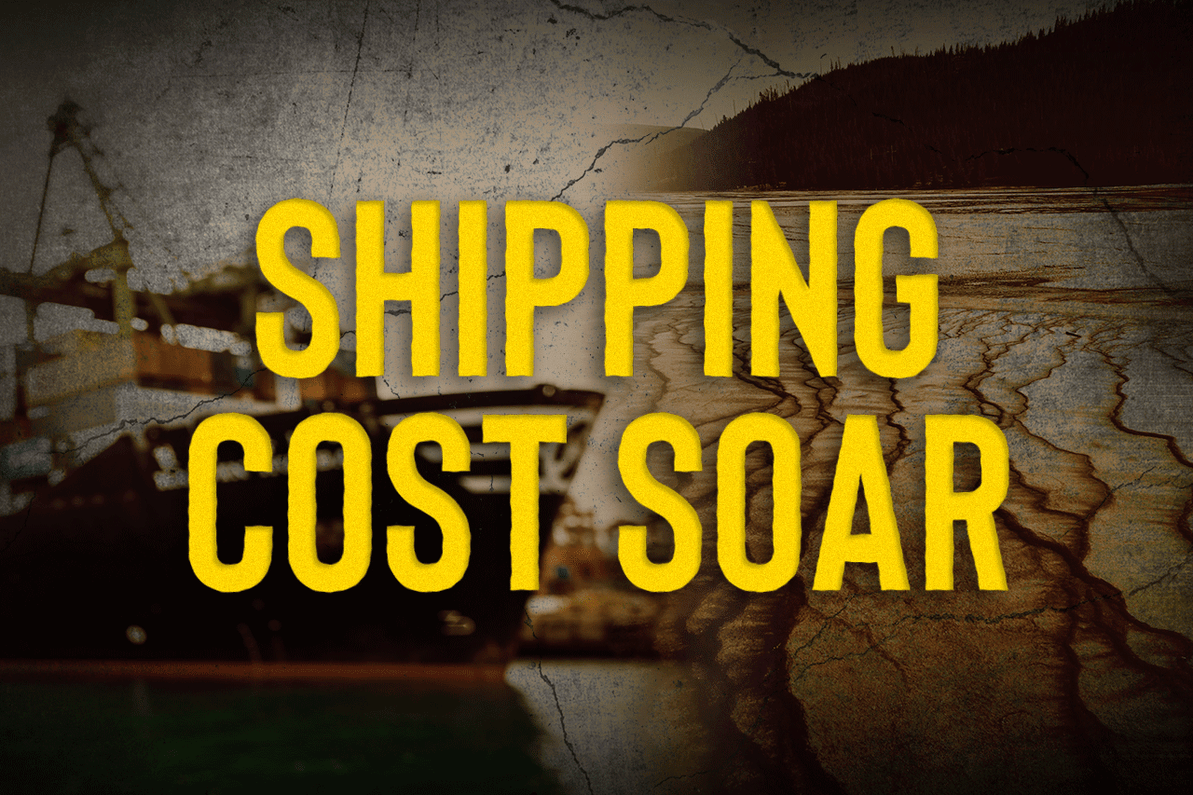Lighting Imports: Adapting to Global Shipping Challenges
In the current landscape of global upheavals and their consequential impact on ocean shipping rates, a closer examination of the challenges faced by the lighting import industry becomes imperative. Recent events, such as the Hooti attack on ocean shipping carriers, have added layers of complexity to the intricacies of the worldwide shipping sector, significantly influencing various industries, including lighting imports. This analysis delves into the profound effects of these occurrences and the strategic reassessment they necessitate for lighting importers amidst a backdrop of heightened geopolitical uncertainties.
Against the backdrop of persistent global conflicts, including the Israel-Palestine issue and the Russia-Ukraine war, the Hooti attack emerges as a critical factor further straining the delicate balance of the global shipping industry. Lighting importers, traditionally reliant on the seamless functioning of logistics, now find themselves grappling with a substantial surge in ocean shipping rates, posing a substantial threat to their financial stability and competitive standing.
The intertwining threads of geopolitical conflicts have predictably disrupted global supply chains, with lighting importers bearing the brunt of delays and uncertainties. Tangible manifestations of these disruptions include inventory shortages, potential customer dissatisfaction, and strained business relationships. These challenges compound the complexities faced by companies in an already intricate global environment.
As ocean shipping rates soar, lighting importers are confronted with escalating operational costs, ranging from heightened freight charges to expenses incurred due to delays and rerouting. These financial burdens underscore the precarious position of businesses in the lighting industry.
In response to these challenges, companies, including lighting importers, are strategically exploring adaptive measures. Notably, near-shoring has emerged as a prominent strategy, with companies opting to source goods from geographically closer regions. The objective is to reduce dependency on long-distance shipping routes and enhance the resilience of their supply chains.
In summary, the convergence of global geopolitical tensions and the Hooti attack has created a tumultuous environment for the ocean shipping industry. Lighting importers, in navigating through increased shipping rates, supply chain disruptions, and mounting operational costs, find themselves at a critical juncture. The pursuit of alternative strategies, such as near-shoring, is becoming increasingly pivotal for maintaining the robustness of supply chains. These ongoing challenges underscore the necessity for adaptability and resilience in the face of global uncertainties, prompting a closer examination of the implications of near-shoring and its potential impact on the lighting import industry's ability to weather the storms of ongoing global unrest.
Recent Posts
-
Global Turmoil and its Impact on Ocean Shipping Rates: Challenges for the Lighting Import Industry
Introduction: Amidst ongoing global conflicts such as the Israel-Palestine issue and the Russia-Uk …28th Feb 2024 -
Lighting Imports: Adapting to Global Shipping Challenges
In the current landscape of global upheavals and their consequential impact on ocean shipping rates, …28th Feb 2024 -
Ultimate Guide to Replacing Fluorescent Tubes with T8 LEDs Tubes
Welcome to the ultimate guide that will illuminate your path to a brighter, more energy-efficient …16th Jan 2024




